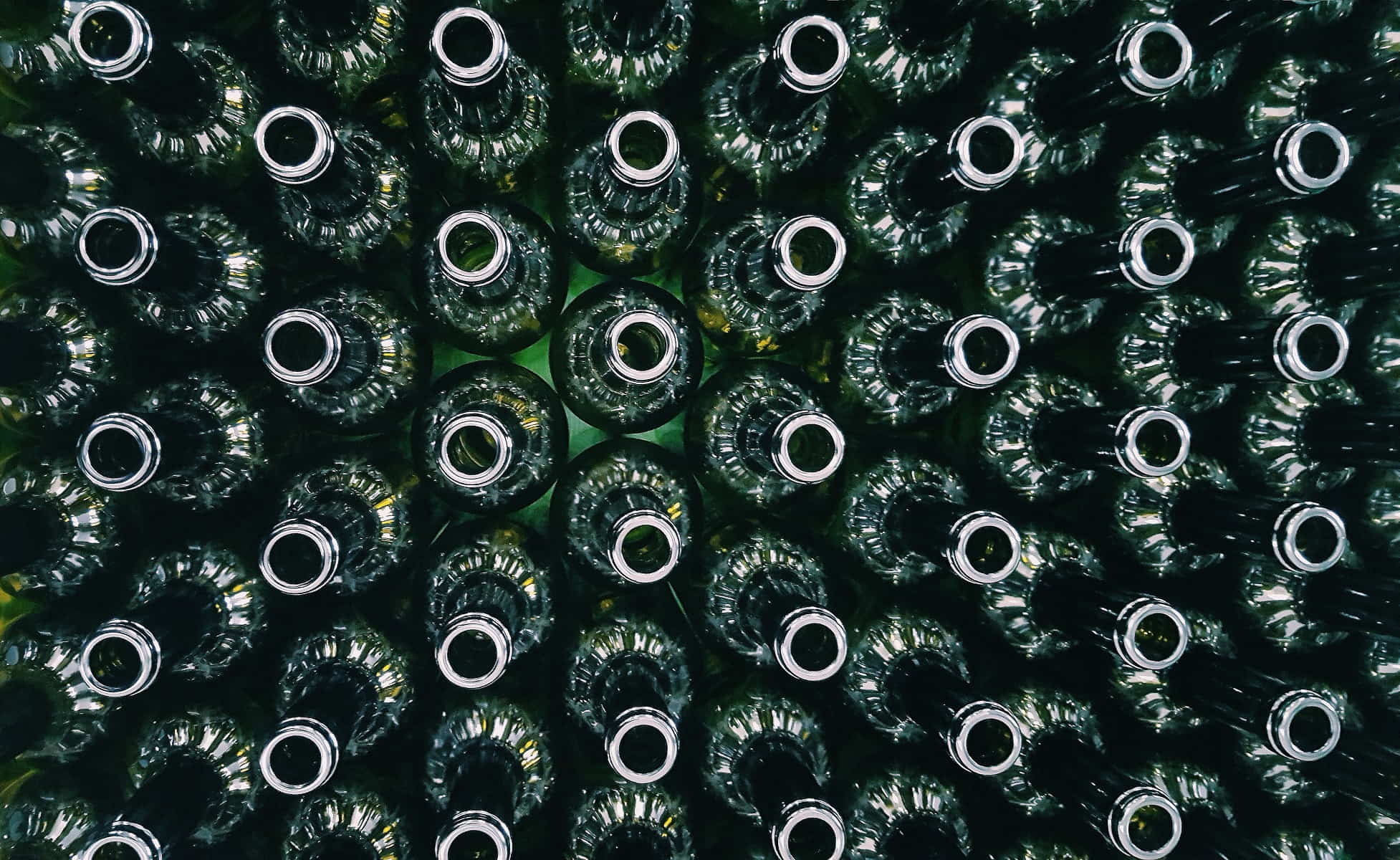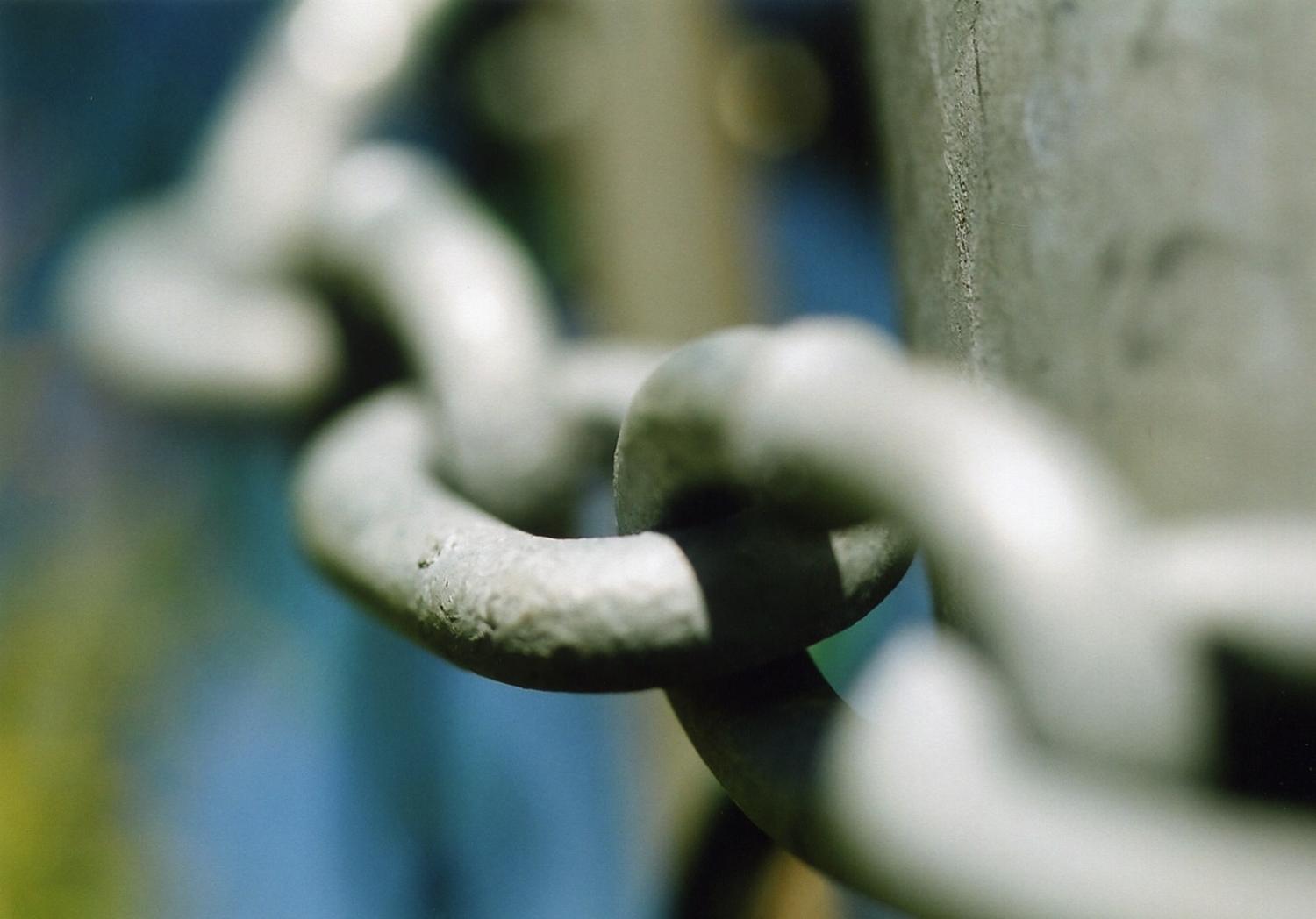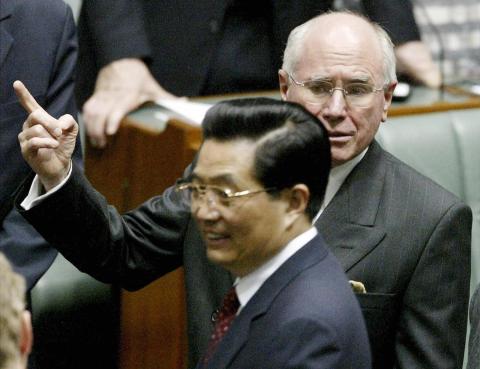Stepping up
Late last month, the Albanese government took important steps towards dealing with two of the most debated developments in international economic relations since the emergence of the deglobalisation era followed by the pandemic.
The release of the investment mandate for the $15 billion National Reconstruction Fund (NRF), which was a key commitment from last year’s election, is intended to eventually “rebuild Australia’s competitiveness across the manufacturing value chain”. It represents Australia’s biggest single commitment towards reshoring – although the AUKUS nuclear-powered submarine project could well eventually steal that mantle.
In the same week, the signing of a Memorandum of Understanding on electric vehicle (EV) cooperation with Indonesia sought to bridge a disjuncture that had emerged between the government’s various industry policies on EV-related issues and its leadership diplomacy with its closest Asian neighbour, which we previously noted here. It could be Australia’s most interesting venture into friendshoring.
![[IMAGE: https://unsplash.com/photos/black-and-white-usb-cable-plugged-in-black-device-xJLsHl0hIik] Chuttersnap/Unsplash](/sites/default/files/inline-images/EVs%20comp.jpg)
These initiatives have a long way to go towards producing the intended improvement in national economic security. But assessing those intentions and the results is not being made easier by the continued shifting sands of the deglobalisation debate.
Indeed, three quite different new studies released as Australia launched its latest responses to geo-economic fragmentation show how the global value chains (GVCs) at the heart of the old globalisation are still performing quite well despite the talk about bringing manufacturing closer to home.
After globalisation
While it is generally now accepted that the globalisation era hit a wall in the years after the 2008 global financial crisis well ahead of the pandemic, research by the Peterson Institute for International Economics says this has only left a legacy of “murkiness and muddles, puzzles and paradoxes, creating a more complicated world”.
Indeed, the authors point out that what is most confounding in all this is why trade in goods and services has not contracted even more than it has in the face of the anti-trade forces that exist, from geopolitical rivalries, to a downward compositional shift in the “traded-ness” of modern economic output, to a less unequal distribution of world output with the rise of large emerging market economies.
They argue: “The end of two decade-long hyperglobalisation is undeniable. Its successor is deglobalisation in goods and continuing albeit slower globalisation in services (‘slowbalisation’). The goods-services dichotomy is evident across indicators, offering a clue to understanding the post–GFC world.” So, while manufacturing trade has deglobalised from 15.6% of world GDP in 2011 to 14.5% just before the pandemic, services trade has globalised at a slower pace from 6% of GDP to 7%.
Amid many unresolved contradictions explored in this paper, the bottom line is that the successes of the globalisation era such as poverty reduction and a decrease in North-South income divergence actually contained the seeds of its demise. But with ameliorating forces already in place with the scaling back of excessive financial globalisation and new factors such as risk-hedging and digital technologies, the fundamental attractions of globalised trade should continue.
![[IMAGE HERE: Containers: https://unsplash.com/photos/assorted-color-filed-intermodal-containers-tjX_sniNzgQ] Frank McKenna/Unsplash](/sites/default/files/inline-images/Containers%20comp.jpg)
However, as the Albanese government tries to boost Australia’s complex manufacturing capacity with an eye to diversifying exports, the study seems to offer a note of caution with its finding that while manufacturing trade has deglobalised, manufacturing’s share of global GDP has actually stabilised after a long decline as services took over. That may suggest a more competitive market environment for the output of the NRF projects.
Longer not deeper
Research from the Bank of International Settlements (BIS) goes beyond the macro-economic debate about deglobalisation to examine what is happening at the company level.
Echoing the thinking behind the new Australian policy approach, it notes how the pandemic and the Ukraine war strained GVCs, prompting debate about “building shorter, more resilient supplier relationships, especially for critical inputs to key industries”.
The recent Australian Chamber of Commerce and Industry trade survey showed a high level of awareness among Australian companies about global fragmentation but more mixed responses from focusing more on the home market to looking for new offshore markets.
However, the BIS study finds that GVCs have actually lengthened rather than shortened since the pandemic, with declining direct cross-country links being replaced with more indirect cross-border links due to more companies interposing themselves in existing supply chains. While there is some onshoring, there is a greater incidence of longer, more complex trade links.
This growing complexity of supply chains despite the perceived need for simpler, nearshoring links in the deglobalisation era is best explained by what is happening amid the rivalry between the United States and China. The study says: “Lengthening of supply chains is especially significant for supplier-customer linkages from China to the United States, where firms from other jurisdictions, notably in Asia, have interposed themselves in the supply chain.”
In a sign that more complex supply chains are being used to get around American restrictions on Chinese exports, other companies from the Asia-Pacific are emerging as a greater proportion of suppliers to the United States than before the pandemic as well as a greater proportion of customers for Chinese suppliers.
But beyond superpower rivalry, the study shows this lengthening of supply chains is going on all around the world alongside the pre-existing trend towards greater regionalisation of supply chains. That only illustrates the challenge of pursuing more diversification in Australian trade in response to the experience with China’s coercion when Australia’s trade has traditionally involved shorter, simpler supply chains to commodity end users.
Unplugging the bottles
Meanwhile, the latest Global Value Chain Development Report certainly adds some more murkiness to this picture by identifying a shortening of supply chains in 2021 and 2022 in contrast to the BIS.
But it instead focuses on the rise of what it calls bottleneck products, which still increase the vulnerability of these shorter GVCs. The report identifies 1075 of these products out of 5384 it analysed, which have a limited number of suppliers, few substitutes, but a rising share of global trade.
And at a time when Australia is moving to underwrite greater domestic manufacturing, this report from the Asian Development Bank, the World Trade Organisation, and the Japan External Trade Organisation finds “little evidence” of significant reshoring in the past few years apart from in the United States.

And it argues instead: “Given that the concentration of production and supply chain dependence are central issues to the discussion on resilience, companies and economies may find diversifying internationally more effective than reshoring. This might imply giving up some economies of scale by involving more locations and suppliers in the value chain.”
The global bottleneck analysis is a useful reminder of the largely ignored 2021 Productivity Commission reports released in response to the pandemic supply chain shocks, which focused on identifying just which Australian exports and imports actually faced fundamental disruption.
And rather than Australia being vulnerable to what are called bottleneck products, the global value chain analysis shows it is now steadily rising up the ranks of exporters of these products. This appears to be due to exports of critical minerals such as lithium and nickel, which will also be central to the EV agreement with Indonesia.
Indeed, in 2021 Australia is remarkably estimated to have been the fourth ranked exporter of these products which are crucial to supply chain security, after China, the United States and South Korea with a 4.2 per cent global market share.
Main image courtesy of Flickr user Trevor Leyenhorst

